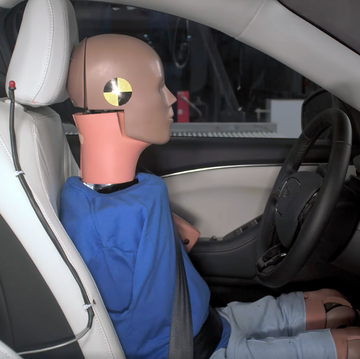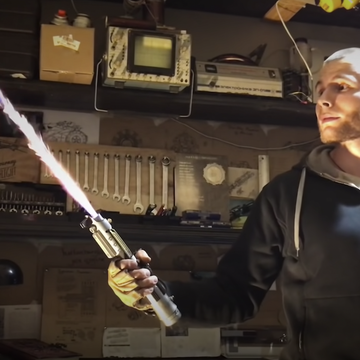- Over 100 new emojis are added each year.
- Your proposal for a new emoji must not have been rejected in the past two years, must have a clear image, and can’t be too similar to another emoji.
- Emojis as we know them first cropped up in Japan in the 1990s.
More than 3,600 official emojis exist, but that simply isn’t enough. Now, you have a chance to add to the fray. Unicode Consortium, a nonprofit dutifully managing our worldwide cache of emojis, opened the application process for new submissions earlier this month.
But don’t think you can just waltz in with your suggestions and let others do the work. No, the application process is … engaging, to say the least. To start, make sure your potential new emoji isn’t already on the official list of declined ideas because you have to wait two years to suggest it again. Notable rejects with multiple failed bids include a cranberry, a maze, and a jellyfish.
📲 Tech can be tricky. We’ll be your support—join Pop Mech Pro.
The emoji really isn’t a modern concept, simply a pictograph rendered in a digital form. Sure, users were mashing together a colon and parenthesis to make that old-school smiley face for years, but it was Japanese designer Shigetaka Kurita who crafted a set of 176 emojis for mobile phones in the late 1990s, the first official use of the emoji library. (Even the Museum of Modern Art appreciates the effort, featuring a digital display of that first set of emojis.) Since then, the emoji has only grown in stature—“emoji” even grabbed Word-of-the-Year status from the Oxford dictionary back in 2015.
Each year, over 100 new emojis generally hit the library, often available once Apple and Google make updates to their own iOS and Android operating systems. In 2020, we saw 117 new emojis, including bubble tea, a black cat, a green bell pepper, and a toothbrush. In 2021, we nearly doubled our output of additional emojis with 217 new varieties. Some of our freshest emojis include a melting face, a saluting face, heart hands, a playground slide, crutches, pouring liquid, bubbles, and both an empty nest and a nest with eggs.
The Unicode Consortium says 92 percent of the world’s online population uses emojis in their communications—and the two most popular, by far, are the tears of joy and heart. So, not just any emoji makes the cut.
The Unicode Emoji Subcommittee regularly reviews proposals. The full criteria for selection is worth a gander if you’re interested in pitching your project, but there are some basics to know. The image needs to work visually at a small size, for instance, and it needs to “add to what can be said using emoji.” You should also be able to provide “substantial evidence” that a large number of people will likely use the new emoji.
Oh, and don’t lean too heavily on trends, either. Directly in the documentation, the Subcommittee warns that people calling for the use of an emoji on social media doesn’t mean much to them, and petitions for an emoji are actually “counterproductive” to your effort. The Subcommittee wants you to steer clear of fads, corporate marks, and ideas that don’t have multiple uses (one type of sushi is good enough, the Subcommittee says, we don’t need half a dozen). Maybe most importantly, though, bring the Subcommittee something distinct.
The submission window closes at the end of July—so don’t dawdle if you’d like a shot at making your mark on pop culture.
Tim Newcomb is a journalist based in the Pacific Northwest. He covers stadiums, sneakers, gear, infrastructure, and more for a variety of publications, including Popular Mechanics. His favorite interviews have included sit-downs with Roger Federer in Switzerland, Kobe Bryant in Los Angeles, and Tinker Hatfield in Portland.














